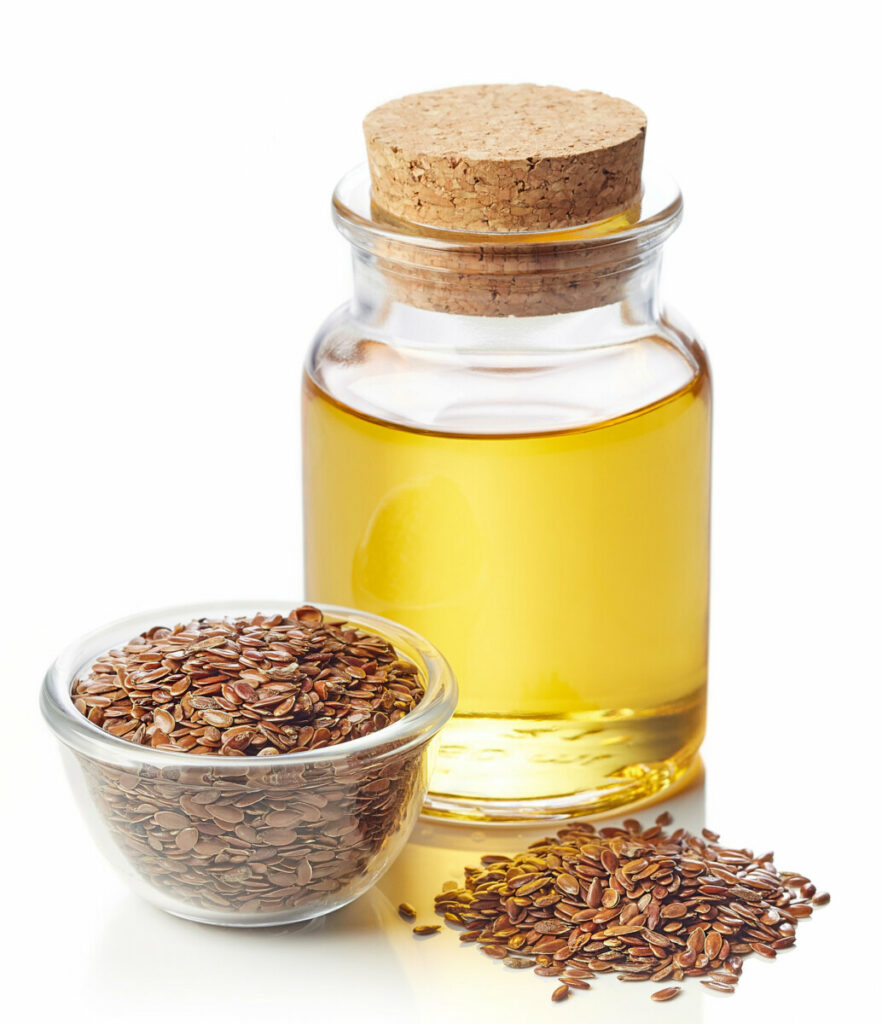So, you have decided that you want to finish a piece of wood and have discovered that you can use different types of oil to do so. Two common options are tung and linseed oil. However, what are the differences between tung and linseed oil?
Tung Oil and Linseed Oil are both made from seeds that have been crushed for their oil. Linseed Oil is commonly used because it applies easily, leaves a satin finish on wood, and is cheap. Tung Oil is less common because it requires more coats to achieve the desired finish and is more expensive.
Having introduced these two types of oil, we are going to explore more about them. Specifically, we’ll look at what they are and the different attributes of a wood finish.
Differences Between Tung and Linseed Oil
Both tung and linseed oil can be used for similar projects. There are some things that you may want to use one or the other, but in general, these oils could be considered interchangeable.
Linseed oil is a great option to put an easy and simple coating on wood around your home. It can be used for everything from wood carvings, flooring, furniture, and even kitchenware like cutting boards. In any area that will touch food, you should avoid using boiled linseed oil, but the other two forms are safe to use around food.
Tung oil is a great choice if you need a more durable coating than linseed oil. While it still needs to be maintained, it will hold up better than linseed oil when used on flooring and boat decks. It is also more water-resistant than linseed oil. It is a better choice when you have lighter-colored woods like ash or dense woods like maple.
When shopping for each of these products, make sure to look at the ingredients in the can before you leave the store with it. Manufacturers tend to mislabel both types of oil, tung oil in particular. You’ll want a product that just contains the oil, not a mix with different types of oil, varnish, and paints added into the oil. As long as you do a bit of research into the product you are interested in, both of these oils are an excellent choice for your latest woodworking endeavor.
Linseed Oil

Linseed oil is an oil made from the crushed seeds of the flax plant. Also known as flax oil, it has many uses beyond woodworking. Flax oil is used as a dietary supplement in some cases. It can also be used as a paint thinner or as a polish for metals. In woodworking, Linseed oil has been used for hundreds of years to provide an attractive and protective cover to wood.
Pure linseed oil is rarely used for woodworking. 100% Linseed oil can take weeks to dry, (sometimes 2 – 10 weeks depending on the thickness of the coats), and doesn’t provide a noticeable difference in coat compared to the other forms. There are two treated forms of this oil that dry much faster.
The first is boiled linseed oil. Unlike what the name implies, this oil is not boiled. Instead, it is mixed with a handful of chemicals and catalysts that help speed up the drying process. While these chemicals do speed up the drying process they can release volatile organic compounds (VOCs) while drying and are generally not food safe.
Polymerized linseed oil on the other hand is heated up as a part of its treatment process. By heating it up over the course of several days, it becomes more viscous and lowers the drying time. Since the only addition to the oil is heat, it is still considered a natural oil like pure linseed oil.
Here are some pros and cons of using Linseed oil.
Pros
- Enhances the natural color of the wood it is applied to
- Won’t cover up the grain of the wood
- Non-toxic and environmentally friendly
- Easily penetrates wood grain when applied
- Dries quickly 1-2 days (Boiled and Polymerized only)
- Works well with other types of wood finishes and waxes
- Can protect wood against humidity
Cons
- Needs to be reapplied every year or so
- Should be reapplied more often (6 months max) if used on floors or high usage areas
- The finish can change color over time (yellowing)
- Not completely waterproof, won’t protect against extreme changes in humidity or water directly on the wood
- Won’t protect the wood from being scratched like a lacquer or varnish would
- Can absorb colored liquids leading the wood to be stained
- Can “bleed” oil if exposed to large temperature or humidity changes
- Oil is flammable and needs to be stored properly. Rags soaked in linseed oil have been known to burst in flames and should be stored in a container with water when not in use.

Tung Oil
Tung oil is a similar product to linseed oil. Like linseed oil, it has been used for hundreds of years to treat wood surfaces. Made from the crushed nuts of the Tung tree, it originated in China, where it has been used for years before spreading throughout the world.
Similar to linseed oil, tung oil comes in three primary forms. Pure Tung Oil is the simplest form, but it takes the longest to dry, taking several weeks depending on the environment. Boiled or polymerized tung oil is more commonly used due to its drying times. Each carries the same properties as its counterparts in the linseed oil family.
Here are some pros and cons to using Tung oil.
Pros
- Is a natural oil that is non-toxic and environmentally friendly (not boiled)
- Dries quickly in 2-3 days (Boiled and Polymerized)
- Applies in a clear coating that won’t change the color of wood
- Won’t cover the grain or texture of wood
- Food safe
- Provides a covering to wood that makes it mildly water-resistant
- Easy to apply to wood and repair
- Great for lighter colored woods
Cons
- Isn’t impervious to water or stain damage
- Requires more coats than other oils, like linseed oil, to get a similar finish
- More expensive than other types of wood oil
- Difficult to find in shops, other products are often mislabeled as tung oil
- Requires regular maintenance to maintain oil coat
- Susceptible to scratches

